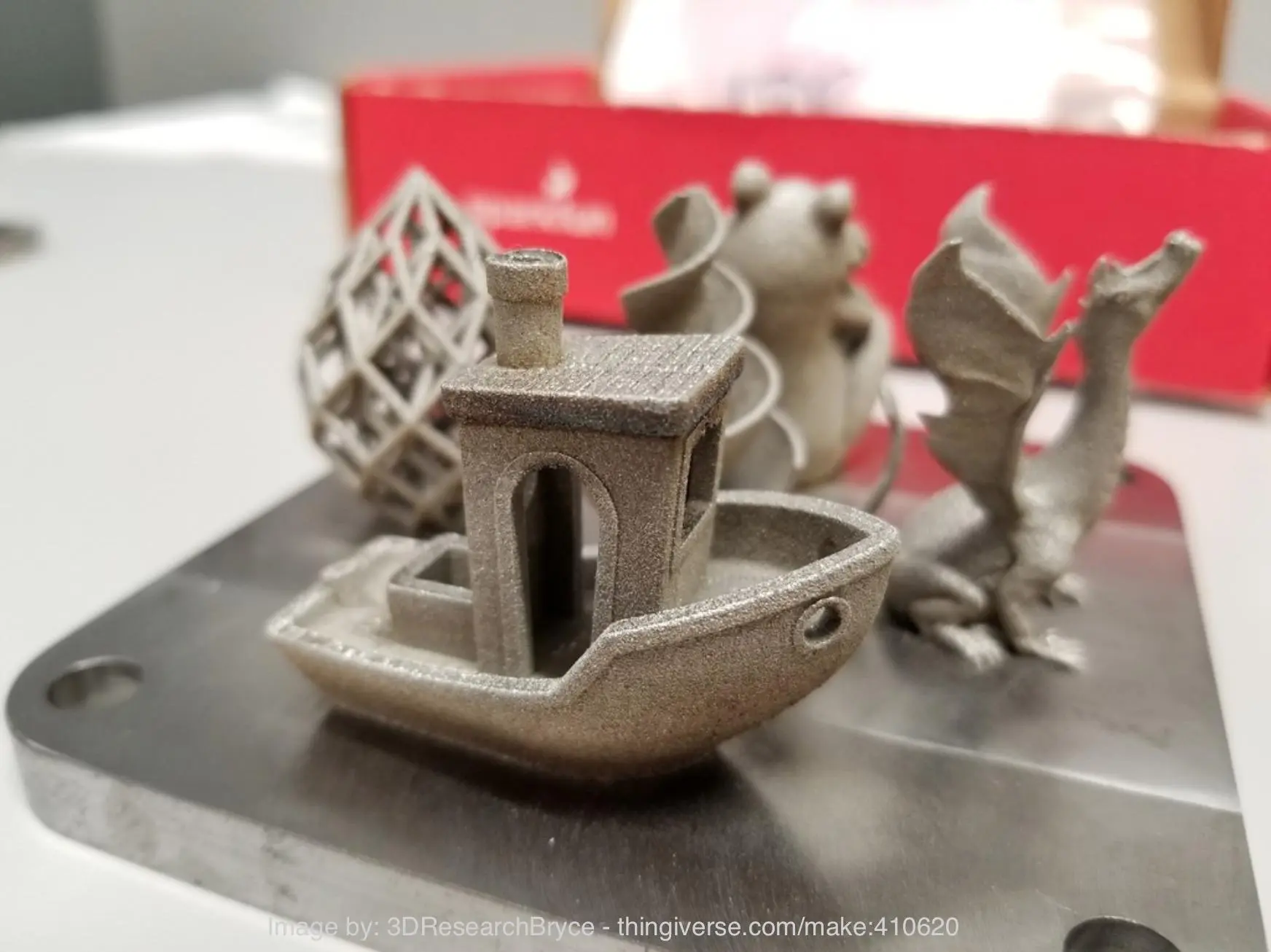The material is directly attached to the wood surface using the AddJoining process and ultrasonic connection.
Wood is a renewable, climate-friendly, lightweight and strong material, but connecting it in a strong and permanent way to other materials, such as metals and polymer composites, has been a challenge. A research team from the Technical University of Graz (TU Graz) in Austria has successfully tested two new technologies that enable very strong connections without the use of adhesives or screws. Currently, these wood application technologies are the subject of patent applications and are expected to be widely used in aircraft, automobiles, furniture manufacturing and other fields in the future.
One process, called AddJoining, uses 3D printing technology to attach polymer composite components directly to the wood surface. The printed material penetrates the pores of the wood and reacts chemically with the wood like glue. Researchers say the connection performed extremely well in mechanical load tests.
“After the joint fractured, we found polymer residue in the pores of the wood, as well as broken wood fibers in the polymer, suggesting that the fracture occurred in the wood and polymer rather than at the joint,” said Gean Marcatto, a postdoctoral fellow at the institute. explained in a press release. Tests were carried out on untreated wood surfaces including beech, oak, carbon fiber reinforced polyamide, polyphenylene sulfide, 316L stainless steel and Ti-64 alloy.
The researchers also noted that joint strength could be further improved by introducing microstructures or nanostructures into the wood surface through texturing or laser engraving. This treatment increases the porosity of the wood, thus improving the effectiveness of the bonding surface. “However, we wanted to minimize the processing steps and above all avoid the use of chemicals,” adds lead researcher Sergio Amancio. “This technology is ideally suited for complex 3D geometries because components can be printed directly on the surface, regardless of the complexity of the geometry.”
Another technology is ultrasonic connection. This process uses high-frequency vibrations generated by an ultrasonic generator to apply low-amplitude vibrations to wooden components. When wood comes into contact with a matrix material (in this case, a polymer or polymer composite), the friction created at the interface generates heat that melts the surface of the polymer component. The molten polymer penetrates the natural porous structure of the wood and solidifies in the wood as it cools, creating a mechanical interlock that also creates a bond. This method allows for very strong point connections.





